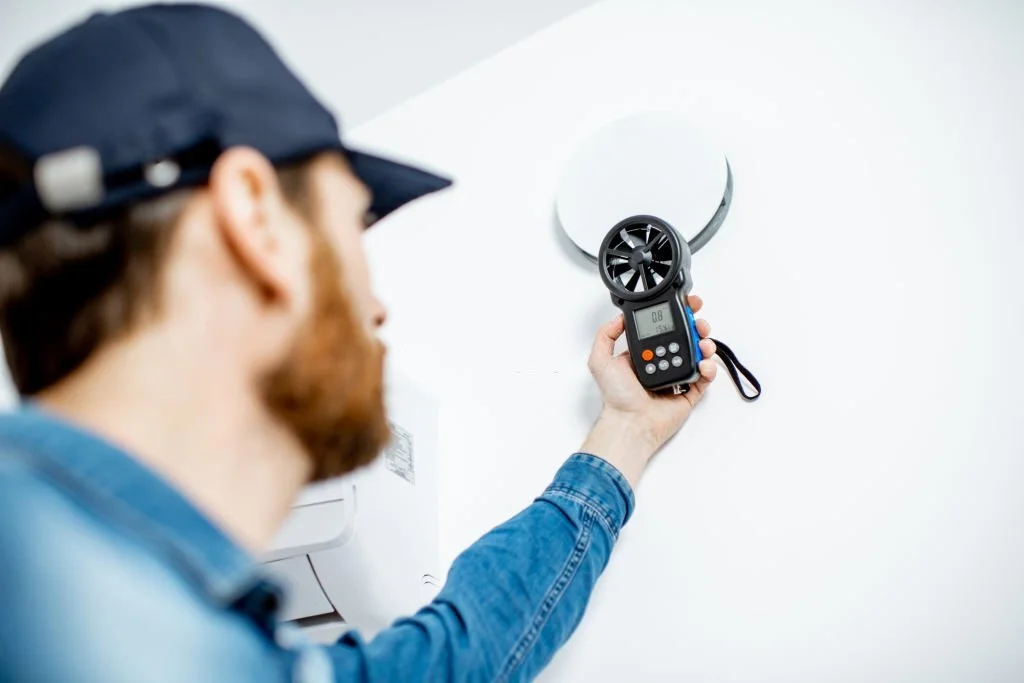A non-intrusive visual evaluation of a home's systems and physical structure constitutes a home inspection. If an examination reveals issues, you can negotiate with the seller to reduce the asking price or make repairs before closing. If there's a significant issue with the house and you can't work with the seller to reduce the purchase price or come to another arrangement, you can even decide to call off the transaction.
An evaluation of a house is not the same as an inspection. Mortgage lenders use appraisals to confirm the property is worth the loan amount. An appraiser examines the general condition and neighborhood property values rather than specific features.
In most cases, a house inspection happens immediately only after the seller accepts a customer's offer. The house enters custody after both parties sign the purchase agreement. This procedure occurs beforehand or concurrently with the appraisal. This checklist provides a thorough summary of what to look for while inspecting a home:
Grounds And Exterior Structure
The foundation seems to be in good shape with no noticeable cracks.
No evidence of leaks from the septic tank.
There is no proof that the septic tank is leaking.
Crawl spaces that are simple to reach provide plumbing access.
The exterior walls don't seem to be sagging and are straight.
The frames of windows and doors seem square.
The siding appears to be undamaged and without any cracks.
There are no visible damages or joint breaks in the bricks.
There are no stains or flaking paint.
No roof shingles are missing or broken.
Gutters are in good condition and drain correctly.
The chimneys look straight and unharmed.
There are no signs of termites or rotten wood in the detached garage, shed, fence, or deck.
Basement
There is no sign of dampness.
There is no indication that the upper story has water damage.
The sump pump is functional.
Attic
No signs of roof stains have been found.
No degradation or damage is visible in the house.
soffit vents and end louvers provide enough ventilation
Insulation is enough and correctly installed.
There are no exposed electrical splices.
Bathrooms
The visible plumbing beneath the sink is in okay condition and does not appear to have any water damage.
Sufficient hot and cold water pressure at all fixtures.
All of the sinks, showers, and bathtubs drain well.
The toilet fills and flushes appropriately.
The toilet is steady, with no base marks or shaking.
There is no sign of leakage at the tub's or shower's base.
Electrical Systems
The wiring is in good shape.
The service panel is operating at its standard capacity with the cables attached.
Cables are contained and safeguarded.
No visible electrical splices.
Heating And Cooling Systems
No gas smell.
Well-functioning heating and cooling.
Clean air filters.
Flues have no open seams and move slowly up to the chimney connector.
There isn't any corrosion on the cooling unit.
Plumbing
Visible pipes are undamaged and show no signs of leaking.
There are no rusty traces on the water heater.
Water pressure is within normal bounds.
125 degrees Fahrenheit is the maximum temperature for hot water.
The inspector won't disassemble your house to check the wiring and piping. However, an inspector's official report will be more thorough if they access more of the house's interior and exterior areas.
How Much Will It Cost To Inspect A House?
The cost of the examination is usually the home buyer's responsibility because it guards against them buying a house with serious problems. A home inspection typically costs between $300 and $450, though this might vary depending on the location, age, and size of the house.
For assistance with completing the above criteria, contact Test My Home. We are available at any moment. Contact us today!

